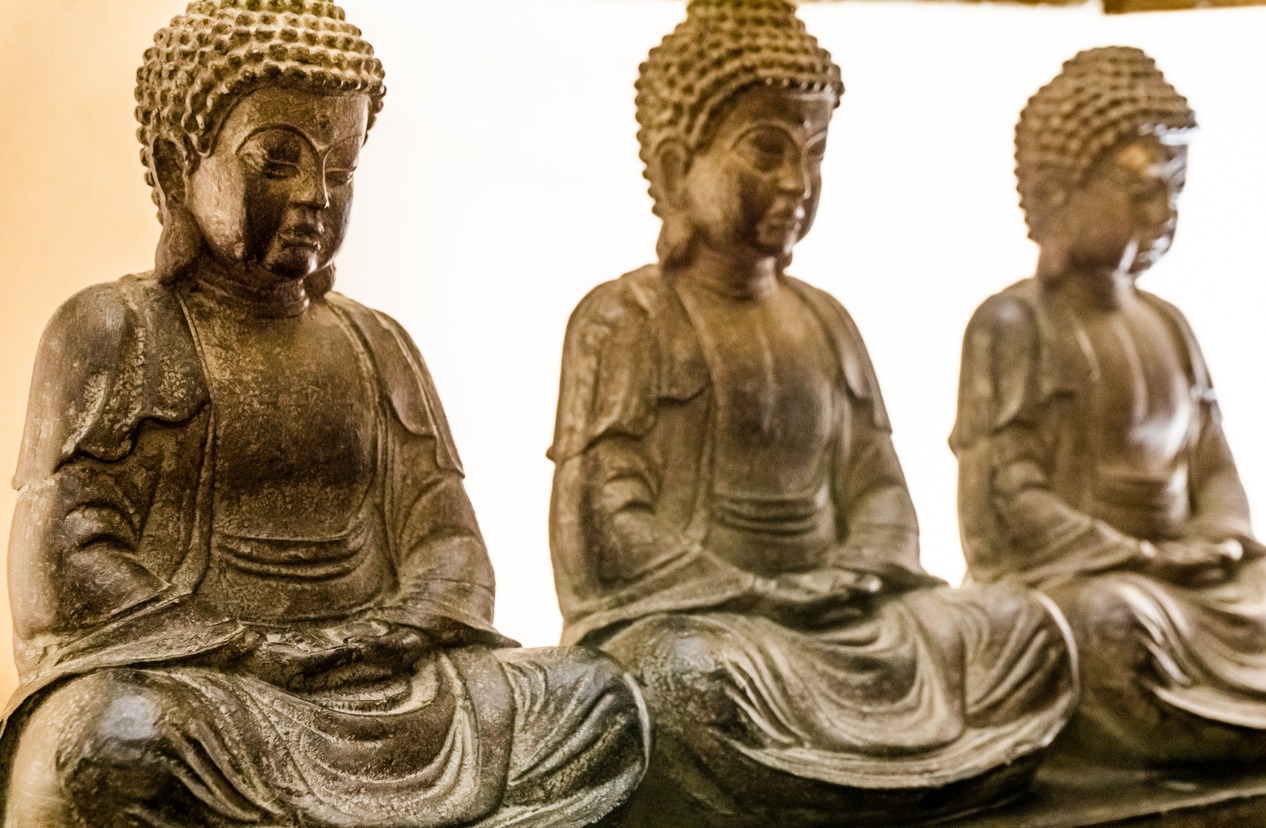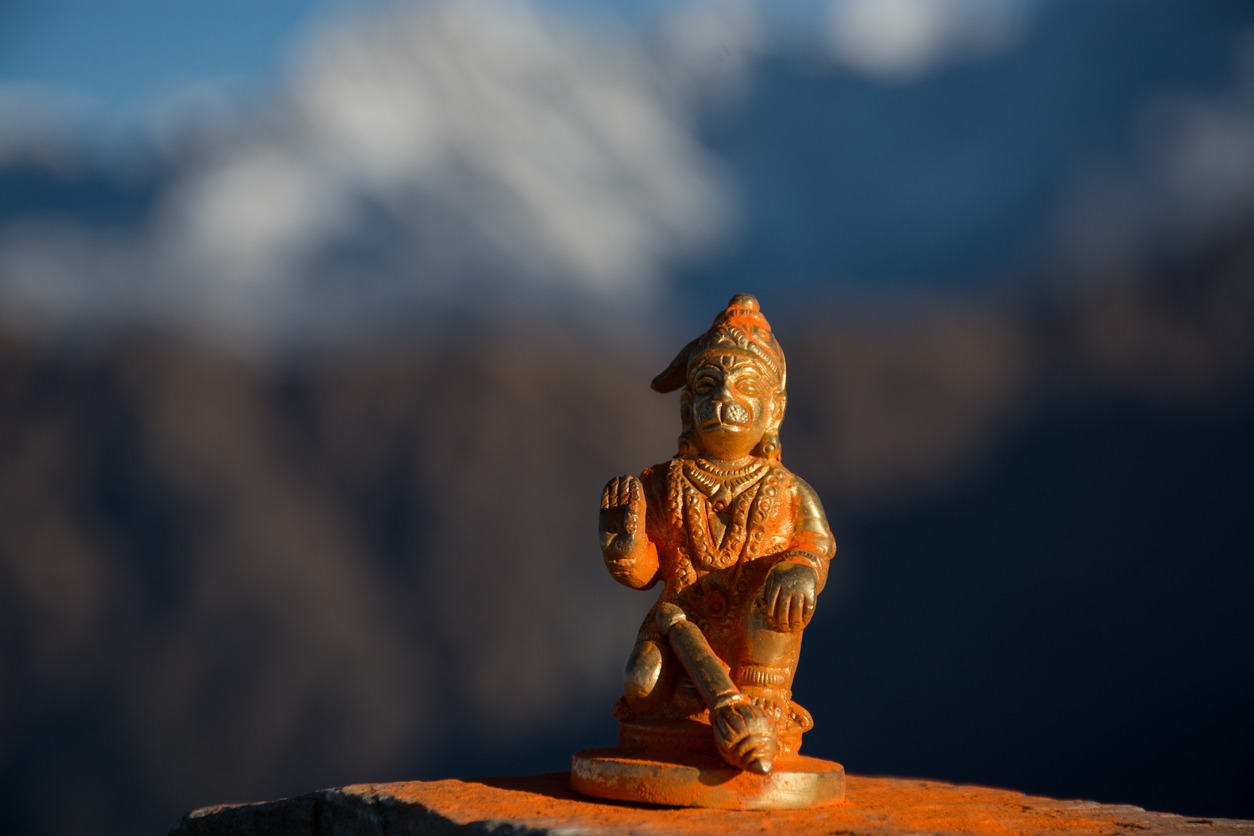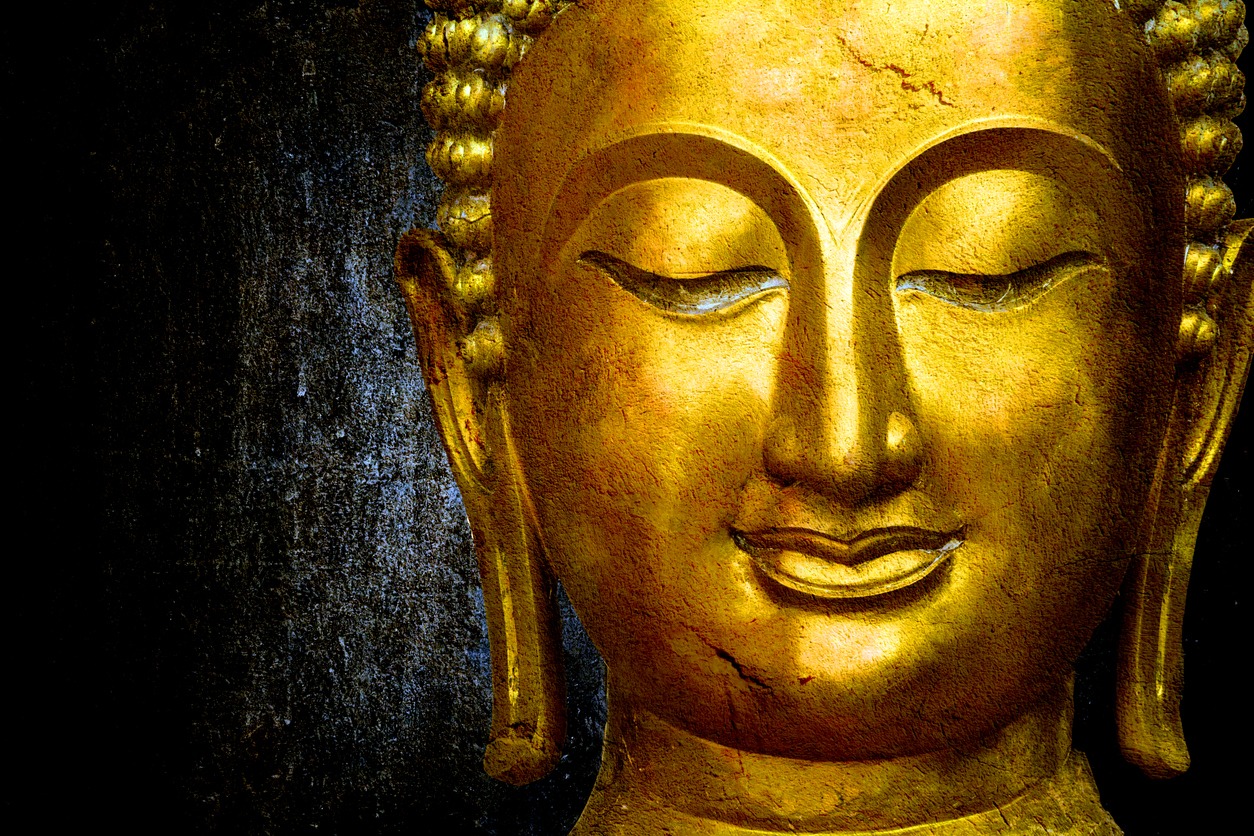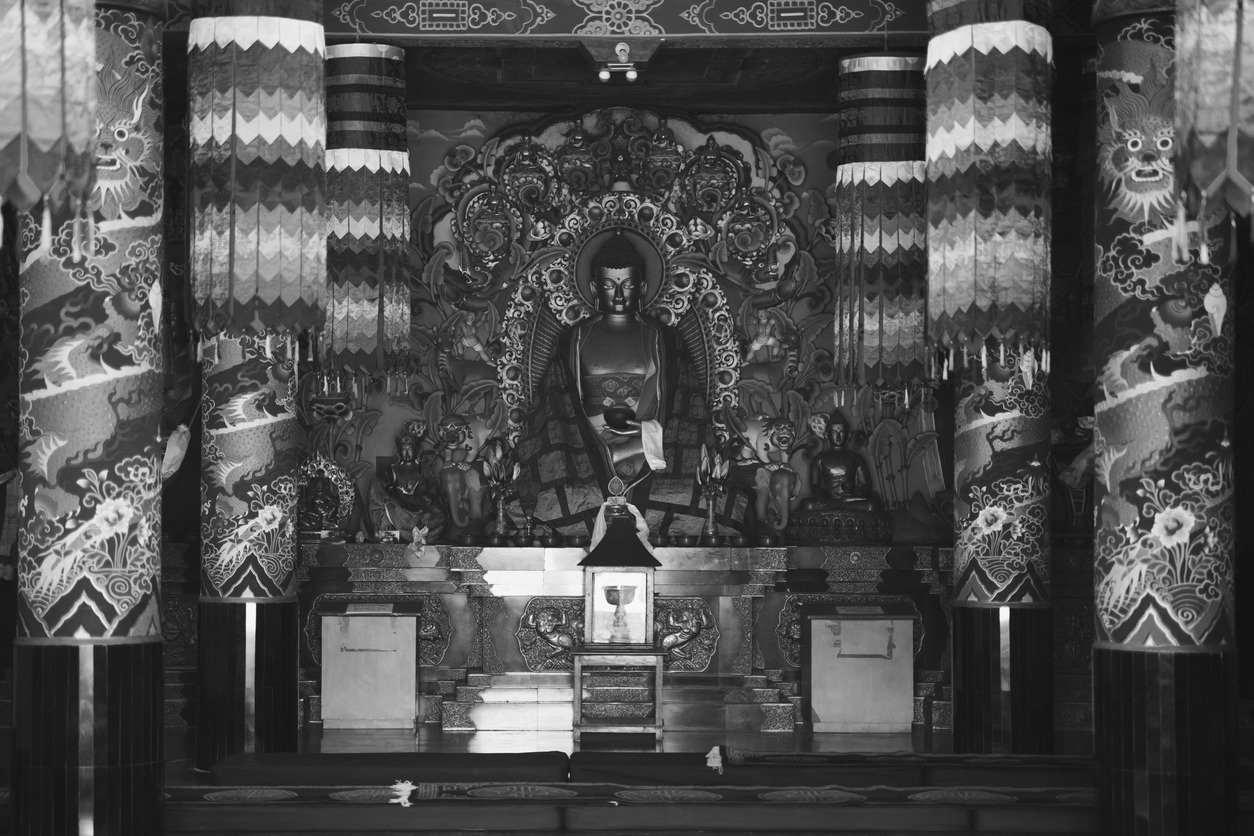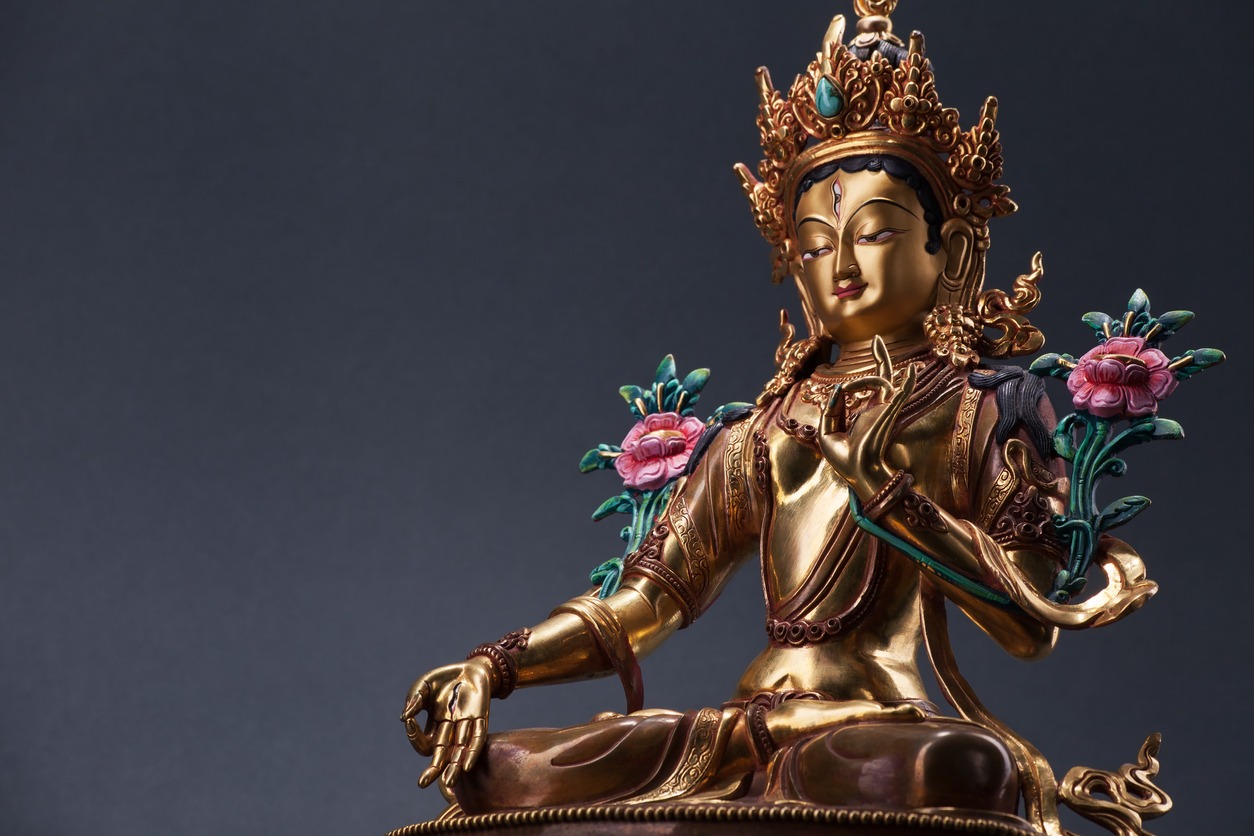The Rubin Museum of Art stands as a cultural oasis, a sanctuary for those seeking a deeper understanding of the artistic and spiritual riches of the Himalayas, Buddhism, and India. Beyond the concrete jungle, within the walls of this remarkable museum, visitors embark on a journey of discovery that spans centuries, ignites the imagination, and offers a profound insight into the diverse and intricate worlds of these ancient traditions. In this article, we will delve into the fascinating realm of The Rubin Museum, exploring its origins, mission, key collections, and the transformative experiences it offers to art enthusiasts, scholars, and curious minds alike.
A Vision of Inspiration
The Genesis of The Rubin Museum
The story of The Rubin Museum of Art began with the vision of one man: Donald Rubin. Driven by a deep fascination for the cultures and spiritual traditions of the Himalayas and surrounding regions, Donald Rubin, together with his wife Shelley, embarked on a journey to share the wonders of this unique corner of the world with a global audience. In 2004, the Rubin Museum opened its doors, and since then, it has continued to evolve into a vibrant cultural institution dedicated to preserving and celebrating the art, philosophy, and spirituality of the Himalayas, Buddhism, and India.
The Museum’s Mission
At the heart of The Rubin Museum’s mission lies a commitment to inspire personal connections to the art and cultures of the Himalayas, India, and neighboring regions. Through its collections, exhibitions, programs, and educational initiatives, the museum aims to foster a deeper understanding of these traditions, spark meaningful conversations, and encourage visitors to explore the intersection of art, spirituality, and human experience.
A Glimpse into the Rubin Museum’s Collection
The Rubin Museum of Art houses a diverse and extensive collection of Himalayan and Indian art, including paintings, sculptures, textiles, manuscripts, and ritual objects. While it is challenging to list every major item individually due to the museum’s vast collection, here are some categories and notable items that you may find in the Rubin Museum:
Paintings: The museum’s collection includes a significant number of traditional Himalayan and Indian paintings, often featuring intricate details and vibrant colors. Look for thangkas (scroll paintings), miniature paintings, and contemporary artworks that showcase various themes, including deities, mandalas, and landscapes.
Sculptures: You will encounter a wide range of sculptures representing deities, Buddhas, and other religious figures from the Himalayan and Indian traditions. These sculptures are often made from various materials, including wood, stone, and metal.
Textiles: The Rubin Museum features an impressive collection of textiles, including intricately woven fabrics, garments, and ceremonial textiles. These textiles may be adorned with religious motifs and intricate designs.
Manuscripts: The museum holds a collection of rare and illuminated manuscripts from the Himalayan region and India. These manuscripts often contain religious texts, illustrated narratives, and calligraphy.
Ritual Objects: Explore a variety of ritual objects used in Himalayan and Indian religious practices, including ritual masks, prayer wheels, and consecration items. These objects offer insights into the spiritual rituals and customs of the region.
Thrones and Altars: The Rubin Museum showcases elaborately decorated thrones and altars used for religious ceremonies and meditation. These pieces are often ornate and symbolic.
Contemporary Art: In addition to traditional artworks, the museum also features contemporary art inspired by Himalayan and Indian traditions. These pieces may offer modern interpretations of ancient themes.
Special Collections: The Rubin Museum may have special collections or exhibitions highlighting specific themes, artists, or periods. These collections may rotate, providing visitors with fresh insights and perspectives.
The Rubin Museum regularly rotates its exhibitions, so the specific items on display may change over time. If you have a particular interest in specific artworks or items, it is a good idea to check the museum’s official website or contact them directly for information on current exhibitions and featured pieces.
The Permanent Collections
One of the museum’s most captivating features is its extensive and diverse permanent collection. Comprising over 4,000 objects, this treasure trove of art and artifacts encompasses a wide range of mediums, including paintings, sculptures, textiles, manuscripts, and more. The collection is organized into several categories, each shedding light on different aspects of Himalayan, Buddhist, and Indian art.
1. Himalayan Art
The Rubin Museum’s Himalayan collection is a visual feast of exquisite works from the region. It includes stunning thangkas (scroll paintings), intricate sculptures, and ritual objects that provide a glimpse into the rich religious and artistic traditions of Tibet, Nepal, Bhutan, and beyond. Visitors can explore the iconography of Tibetan Buddhism, the symbolism of Himalayan deities, and the intricate details of mandalas, all within the museum’s hallowed halls.
2. Buddhist Art
Buddhism is not just a religion but a profound source of artistic inspiration. The museum’s Buddhist art collection offers a deep dive into the visual expressions of this spiritual path. From ancient Gandharan sculptures to contemporary works, the collection explores the evolution of Buddhist iconography and the diverse regional interpretations of Buddhist teachings.
3. Indian Art
India’s contribution to art and culture is vast and varied, and the Rubin Museum pays homage to this rich heritage. The Indian art collection spans millennia, featuring everything from ancient terracotta figurines to vibrant Rajasthani paintings. It is a journey through time, highlighting the cultural exchanges, dynastic periods, and artistic innovations that have shaped the subcontinent’s artistic landscape.
Thematic Exhibitions
The Rubin Museum hosts a variety of thematic exhibitions that explore different aspects of Himalayan and Indian art and culture. These exhibitions often feature both traditional and contemporary works of art and engage with broader themes like spirituality, mindfulness, and the interconnectedness of cultures.
Artworks
Here are some notable and iconic works of art that have often been highlighted in the museum’s collection:
Green Tara Sculpture: The museum’s Green Tara sculpture is a significant piece in the collection. Green Tara is a revered figure in Tibetan Buddhism, known as the embodiment of compassion and protection. The sculpture is intricately detailed and symbolizes enlightenment.
Thangka Paintings: Thangkas are traditional Tibetan scroll paintings that are often featured prominently in the museum’s collection. These paintings depict various deities, mandalas, and scenes from Buddhist narratives. Thangkas are highly detailed and vividly colored.
The Wheel of Life: This iconic Buddhist artwork represents the cycle of birth, death, and rebirth. It typically features a central image of a wheel with various segments, each illustrating different aspects of existence and karma. The Rubin Museum’s version of the Wheel of Life is a captivating and educational piece.
Tibetan Ritual Masks: The museum showcases a collection of Tibetan ritual masks used in religious ceremonies and performances. These masks are not only artistically crafted but also culturally significant in the context of Tibetan rituals and festivals.
Mandala Art: Mandalas hold a special place in Himalayan and Tibetan art. The museum features various mandalas, which are intricate geometric designs often used as spiritual symbols and aids in meditation. They are meticulously painted and imbued with symbolic meaning.
Ritual Objects: The Rubin Museum has an array of ritual objects, including ritual implements, prayer wheels, and consecration items used in Himalayan and Indian religious practices. These objects offer insights into the spiritual rituals and customs of the region.
Engaging the Senses
1. Educational Programs
The Rubin Museum is not just a repository of art; it is a dynamic hub of learning and cultural exchange. The museum offers a wide range of educational programs, including lectures, workshops, and guided tours, designed to deepen visitors’ understanding of the art and philosophies of the Himalayas, Buddhism, and India. These programs cater to audiences of all ages and backgrounds, making the museum a vibrant center for lifelong learning.
2. The Himalayan Heritage Garden
An oasis within an oasis, the Himalayan Heritage Garden at The Rubin Museum offers visitors a serene outdoor space where they can connect with the natural world and gain insights into the plants and landscapes that have inspired Himalayan art and culture. The garden is a place of reflection, meditation, and sensory exploration.
3. The Serenity of the Café Serai
After immersing oneself in the art and culture of the Himalayas, Buddhism, and India, visitors can unwind at Café Serai. This charming café offers a delightful culinary journey inspired by the flavors of the regions represented in the museum’s collections. It’s a perfect spot to savor delicious food, engage in meaningful conversations, or simply relax in a tranquil atmosphere.
4. Mandala Lab
The Mandala Lab at the Rubin Museum of Art is a captivating and transformative space located on the museum’s renovated third floor. It beckons visitors to embark on a profound exploration of their emotions, urging them to reflect on the intricate tapestry of feelings that color their everyday lives. Inspired by the profound principles of Buddhism, this innovative lab offers a series of five immersive and thought-provoking experiences. These experiences encompass a diverse range of sensory stimuli, including videos, scents, sculptures, and carefully curated percussion instruments, guiding visitors on an inner journey focused on self-awareness and a deeper understanding of others. As you navigate this multi-sensory environment, you have the opportunity to see, smell, touch, and breathe your way through a space designed to foster connections, empathy, and profound learning.
Beyond the Museum Walls
Community Engagement
The Rubin Museum is deeply committed to engaging with its surrounding community and beyond. Through outreach programs, partnerships with local schools, and collaborations with cultural organizations, the museum strives to make art and culture accessible to all. It plays a vital role in fostering cross-cultural understanding and celebrating the diversity of New York City.
Digital Initiatives
Recognizing the importance of technology in the modern age, The Rubin Museum has embraced digital initiatives to extend its reach far beyond its physical location. Virtual exhibitions, online collections, and interactive experiences allow people from around the world to explore the museum’s offerings and connect with its mission.
Conclusion
The Rubin Museum of Art stands as a beacon of cultural enlightenment, a testament to the enduring beauty and wisdom of the Himalayas, Buddhism, and India. With its diverse collections, educational programs, and commitment to community engagement, the museum invites visitors to embark on a transformative journey of discovery and contemplation. As we conclude our exploration of this remarkable institution, we are reminded that art, spirituality, and human connection know no boundaries, and The Rubin Museum serves as a bridge between worlds, inviting us to explore the enigmatic beauty of these ancient traditions in a contemporary context. Whether you are a seasoned art enthusiast or a curious soul eager to learn, a visit to The Rubin Museum of Art is an unforgettable experience that nourishes the mind, heart, and spirit.

